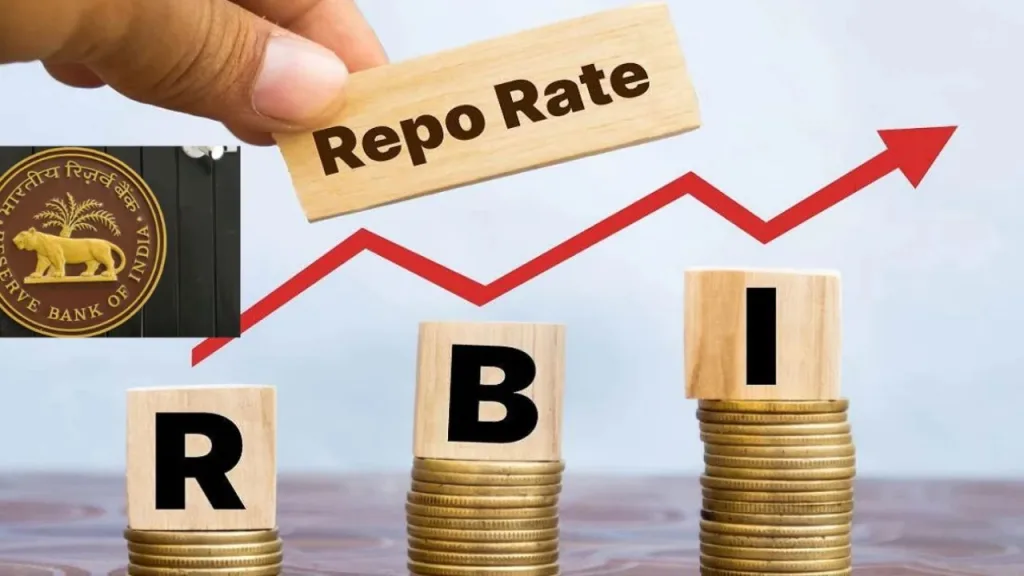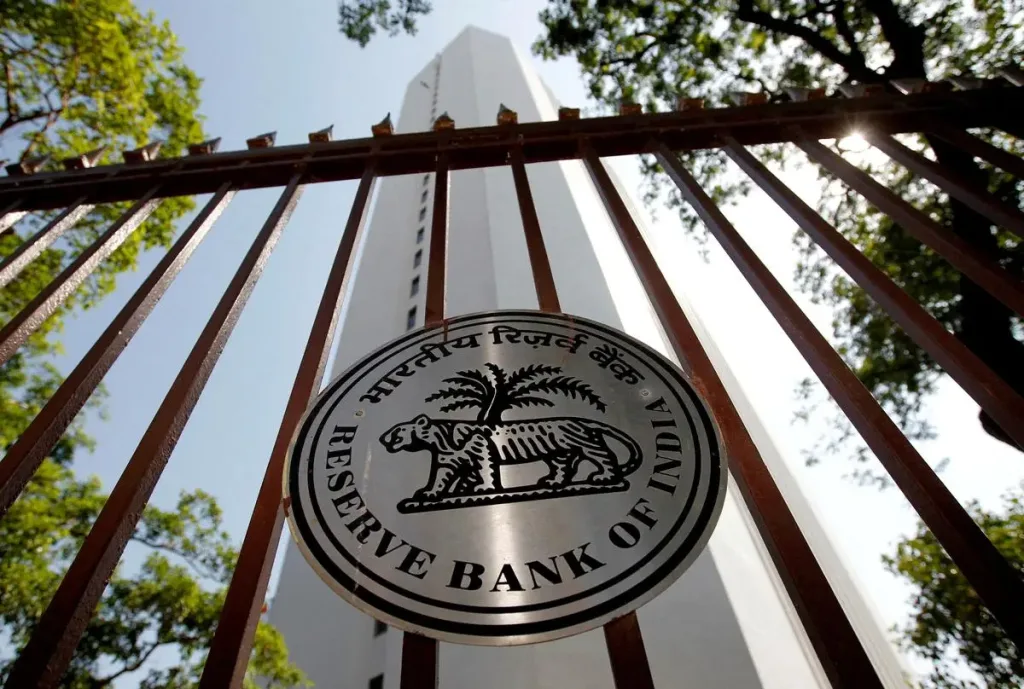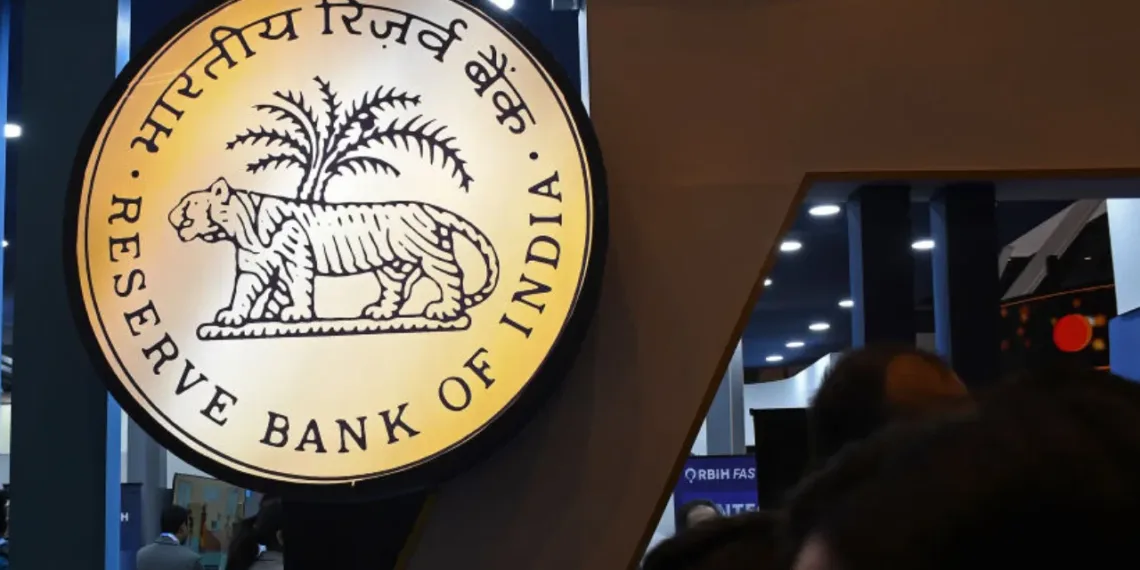Great news for borrowers! According to a comprehensive report by ICICI Bank, the Reserve Bank of India (RBI) may implement another 25 basis points (0.25%) reduction in the repo rate during its upcoming August 2025 monetary policy meeting, potentially bringing it down to 5.25%.
This prediction comes as India’s inflation rate has cooled significantly to 2.1% in June 2025 from 2.82% in May, creating favorable conditions for monetary easing.
Table of Contents
RBI Current Economic Landscape
As of June 6th, 2025, the RBI had announced a 25 basis points reduction in the repo rate, bringing it down to 5.50%. This marked the third consecutive cut by the Monetary Policy Committee (MPC) this year, following a similar reduction in April.

The economic indicators supporting this prediction include:
Inflation Control: India’s retail inflation has cooled to 2.1% in June 2025, well below RBI’s target range, providing room for accommodative monetary policy.
Growth Support Needs: Urban consumer demand remains weak while rural demand stays strong, with exports to the US slowly improving but other exports not yet meeting expectations.
Global Economic Conditions: Ongoing global uncertainties require supportive domestic monetary policy to maintain economic stability.
Rate Cut Timeline & Predictions
| Meeting Date | Current Rate | Predicted Rate | Basis Points Cut |
|---|---|---|---|
| June 2025 | 5.75% | 5.50% | 25 bps (Completed) |
| August 2025 | 5.50% | 5.25% | 25 bps (Predicted) |
| Future Meetings | 5.25% | TBD | Depends on economic data |
India’s GDP growth for the current financial year is estimated at 6.50%, with inflation projected at 3.70%, creating a balanced scenario that supports gradual rate reductions.
Impact on Different Loan Categories
The potential rate cut will have varying impacts across different borrowing categories:
Home Loans: With most home loans linked to repo rate, borrowers could see EMI reductions of approximately ₹850-1,200 per lakh for a 20-year tenure.
Personal Loans: Interest rates on personal loans typically decrease by 25-50 basis points following repo rate cuts, though the transmission varies by lender.
Vehicle Loans: Auto loan rates generally follow repo rate movements with a 1-2 month lag, benefiting new car and two-wheeler buyers.
Business Loans: MSMEs and corporate borrowers will benefit from reduced borrowing costs, potentially boosting investment and expansion plans.
For comprehensive guides on managing your finances during rate changes, explore our personal finance strategies and loan management tools.

Banking Sector Response
Major private-sector lenders like HDFC Bank and ICICI Bank have already reduced interest rates on fixed deposits by 25 basis points in select tenures, reflecting the recent rate cuts.
This trend is expected to continue with:
Deposit Rate Adjustments: Banks will likely reduce fixed deposit rates further, making them less attractive compared to market-linked investments.
Lending Rate Transmission: Banks are expected to pass on rate benefits to borrowers, though the timing and quantum may vary.
Credit Growth Boost: Lower rates typically encourage credit demand, supporting economic growth through increased borrowing.
Investment Implications
The anticipated rate cut creates several investment considerations:
Fixed Income: Bond prices typically rise when interest rates fall, benefiting existing bondholders.
Equity Markets: Lower rates generally support equity valuations by reducing borrowing costs for companies and making stocks more attractive relative to fixed deposits.
Real Estate: Reduced home loan rates could stimulate property demand, particularly in the residential segment.
Gold: Precious metals often benefit from lower interest rate environments as opportunity costs decrease.
For detailed investment strategies during rate cycles, check our investment planning guide and market analysis tools.
Global Context and Risks
The economic outlook for 2025 shows divergent trends across countries with some loss of speed in the US, weak to modest recoveries in Europe and Japan, and more moderate growth profiles in emerging markets.
Key considerations include:
Global Trade Dynamics: International economic uncertainties may influence RBI’s policy decisions.
Currency Stability: Rate cuts must be balanced against rupee stability concerns.
Inflation Monitoring: Any unexpected inflation resurgence could alter the policy trajectory.
What Borrowers Should Do Now
While waiting for the August policy decision, borrowers can take proactive steps:
Review Existing Loans: Consider refinancing high-interest loans before rates potentially decrease further.
Plan Major Purchases: Those considering homes or vehicles might benefit from waiting for potential rate reductions.
Monitor MCLR Changes: Track your bank’s Marginal Cost of Lending Rate adjustments for floating-rate loans.
Compare Lenders: Different banks transmit rate changes at varying speeds, so shop around for better deals.
Economic Growth Outlook
Real GDP growth was estimated at 6.5% in 2024-25, with the Reserve Bank expecting the same rate to continue in 2025-26. This steady momentum, despite global uncertainties, supports the case for accommodative monetary policy.
The combination of controlled inflation, steady growth, and global economic headwinds creates an environment conducive to further monetary easing.
Frequently Asked Questions
Q: When will the RBI announce its decision on the August 2025 repo rate cut?
A: The RBI’s Monetary Policy Committee typically meets every two months for policy decisions. The August 2025 meeting is expected to be held in the first week of August, with the decision announced immediately after the meeting concludes. The exact dates are usually announced by RBI in advance on their official website.
Q: How quickly will banks pass on the benefits of a repo rate cut to borrowers?
A: Banks are required to link most new loans to external benchmarks like repo rate, ensuring faster transmission. For existing loans, the transmission typically happens within 1-3 months. HDFC and ICICI Bank have already reduced deposit rates following recent cuts, indicating active rate transmission. However, the speed and extent may vary by bank and loan type.








